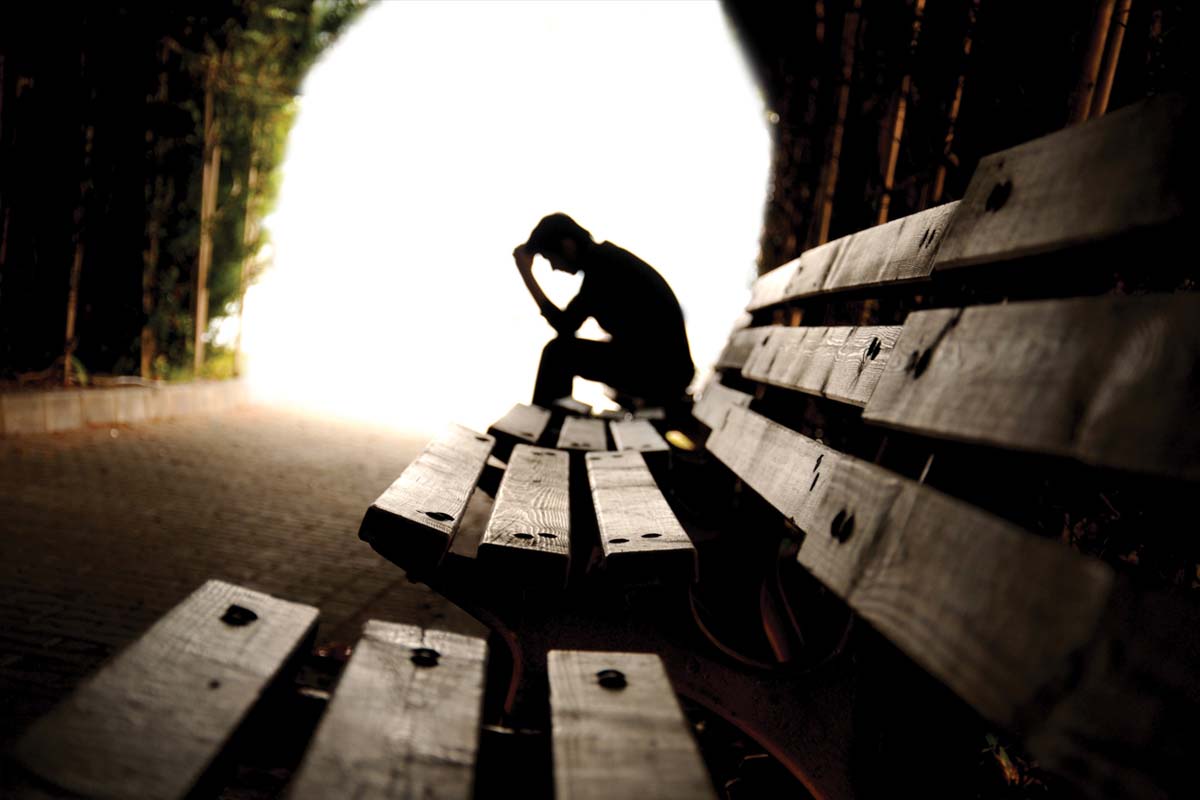
The twinkling Christmas lights have been put away for another year, the goodies have been eaten, the weather is colder and the days are shorter. Forgotten are the good feelings you had during the holidays, and now you have nothing to look forward to but the long cold winter ahead. Sound familiar?
At some point, most everyone has had a moment where we feel the letdown that comes after Christmas and New Year’s. However, for some, this letdown is more than just coming down from a holiday high, and becomes a condition known as Seasonal Affective Disorder (SAD), a subset of major depression. SAD, as defined by the Mayo Clinic, is “a type of depression that’s related to changes in seasons—beginning and ending at the same time every year.”
According to the Mental Health America organization, roughly five percent of the American population is affected by SAD each year. The further away from the equator you live, the more likely you are to be affected. In order to be diagnosed with SAD, a patient must be first diagnosed with clinical depression; SAD cases are filed under depression when claiming for insurance purposes. Health professionals differentiate between SAD and clinical depression due to the cyclical nature of SAD.
Many don’t realize how critical this condition really is. During the winter season, suicide significantly increases, along with increases in relapses in substance abuse and in domestic abuse. It is important to note that depression in men and children often exhibits itself differently than in women. Men and children with SAD tend to exhibit more aggressive behavior since they externalize more, versus internalization like women. However, women are four times more likely to have SAD than men.
Psychology Today’s review of general symptoms for SAD are: feelings of hopelessness and sadness, thoughts of suicide, oversleeping, weight gain, a heavy feeling in the arms or legs, a drop in energy level, decreased physical activity, fatigue, difficulty concentrating, irritability, increased sensitivity to social rejection and avoidance of social situations.
So, what are the options of treating SAD, besides pulling up a couch next to your favorite therapist? Shannon Black, a Licensed Professional Mental Health Counselor (LPC-MHSP) in the Murfreesboro and Smyrna area, recommends self-care. Part of this involves getting as much light as possible.
“More and more, people are deficient in Vitamin D and this can have a huge impact, so it is important to seek treatment for vitamin D deficiency under a doctor’s care,” Black said.
Light therapy treatment, eating right, exercising, having good flora in the gut and taking probiotics, along with getting a good night’s sleep can also prove helpful in treating SAD. Black also points out that having self-compassion is better than self-esteem “we should tell ourselves that we are not alone in our feelings and that everyone experiences this—we should speak kindly to ourselves and not reinforce negative thoughts.”
People, in general, live roughly 80 percent in the past and 20 percent in the future, but have trouble observing the present, which can prove problematic as well.
Along these lines, a new term has been making its way through North America. Hygge (hue-guh), a Danish term roughly translated as “cozy,” but really meaning so much more, has gained global attention as a means of helping to treat SAD.
In fact, Denmark has one of the highest rates for happiness in the world among its people, despite much of its year being spent in the cold and dark. According to Black, part of the reason for this might be the Hygge term’s concept of “belonging, with someone, something, not being alone, being a part of something. We are so individualized in our relationships. I would guess that 72 percent of people in relationship will say they are lonely.” It has been proven, she continues, that “we co-regulate one another when we are together—the way we are together actually changes our brain.”
Further, hygge is focused on developing relationships all year round, practicing self-care and spending less time with technological devices.
If you are feeling worthless, it is important to seek treatment right away. Black adds for those suffering from SAD, “You are not alone and there are things you can do to help yourself feel better.”
For more information, if you or someone you know, are struggling with SAD or depression, you can contact Shannon Black at mindfulmobiletherapy@gmail.com or 615-398-4342.













